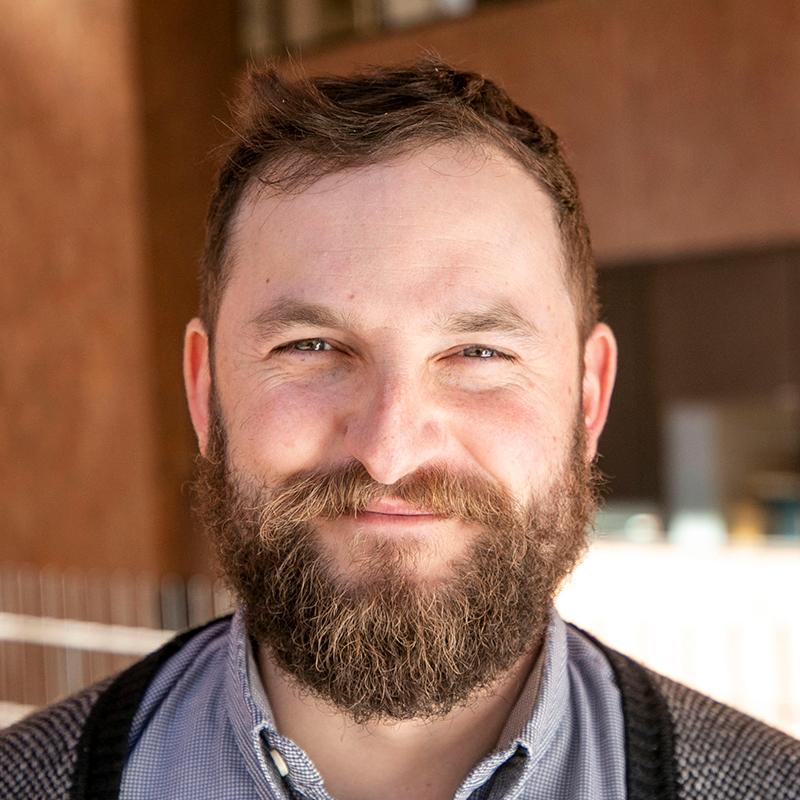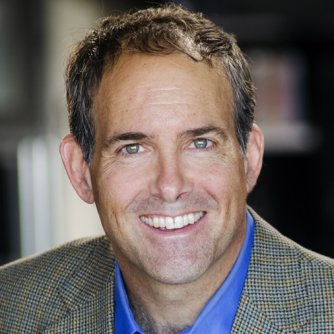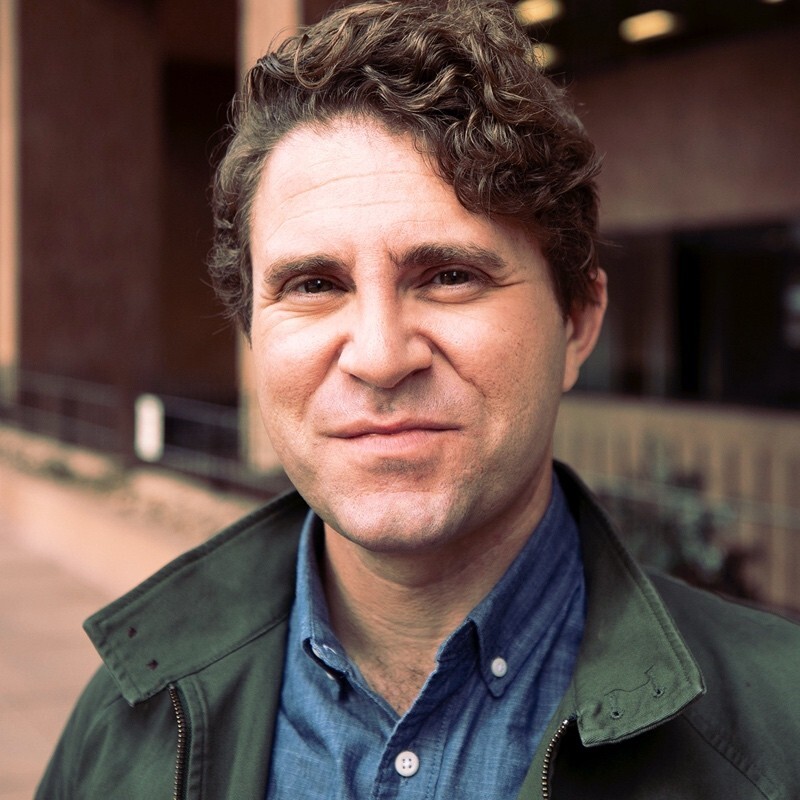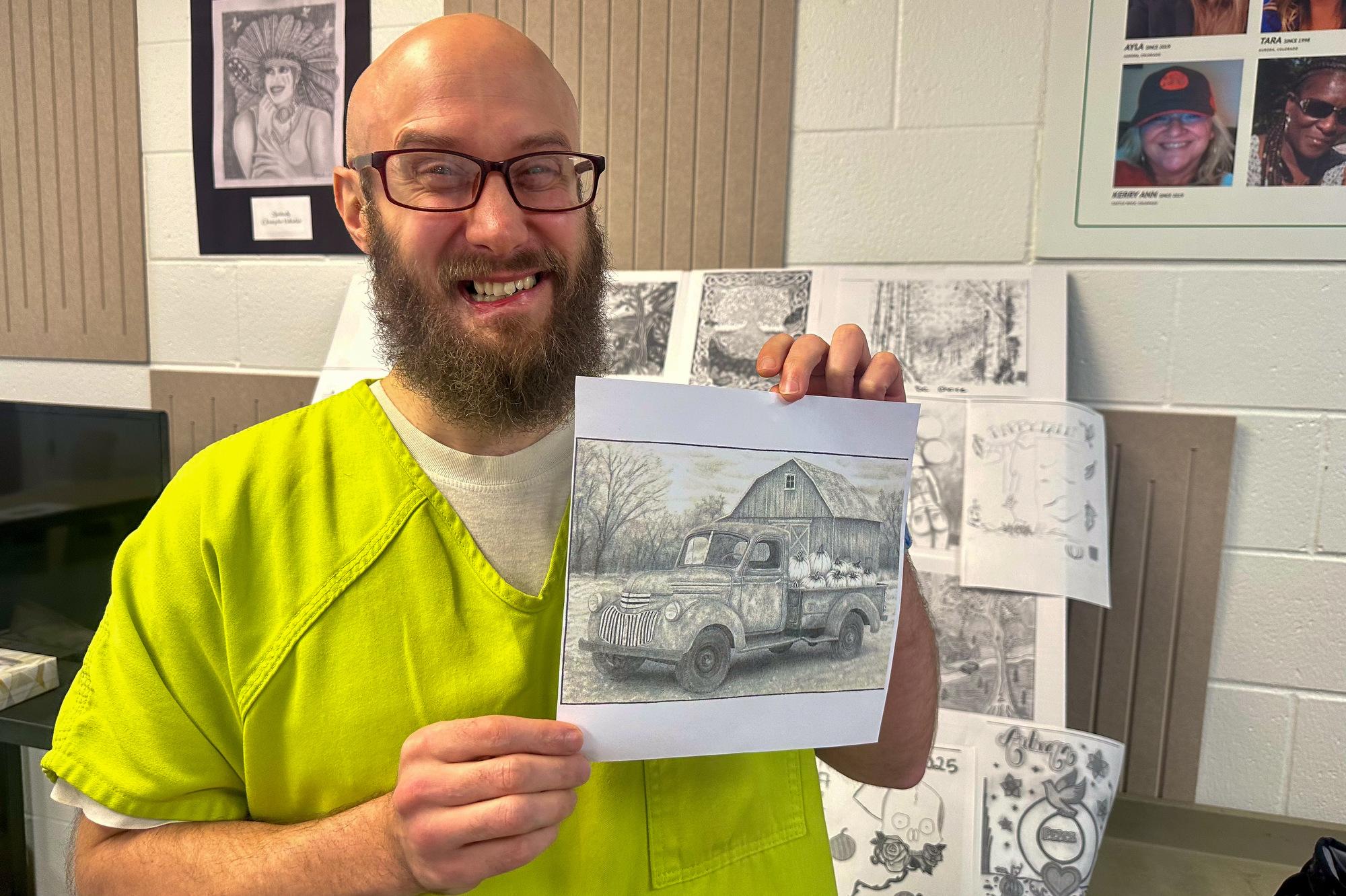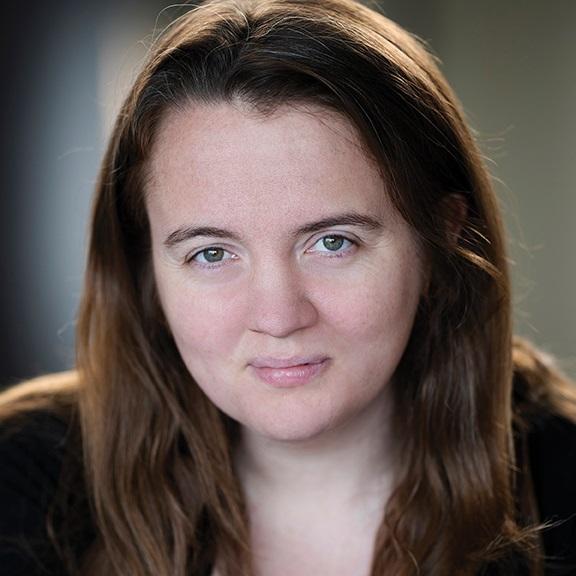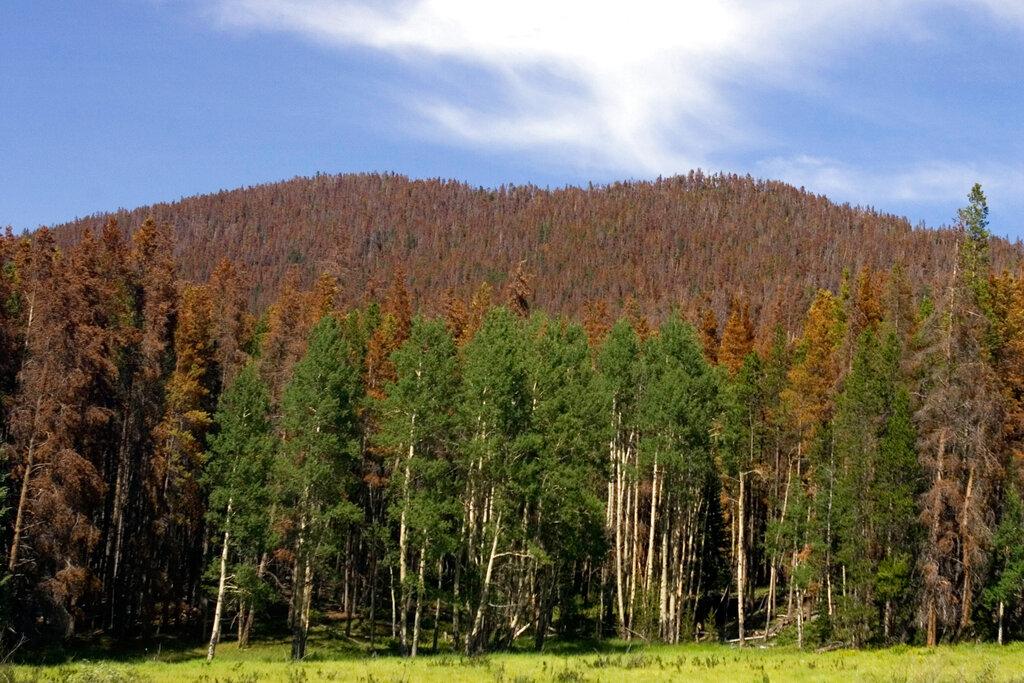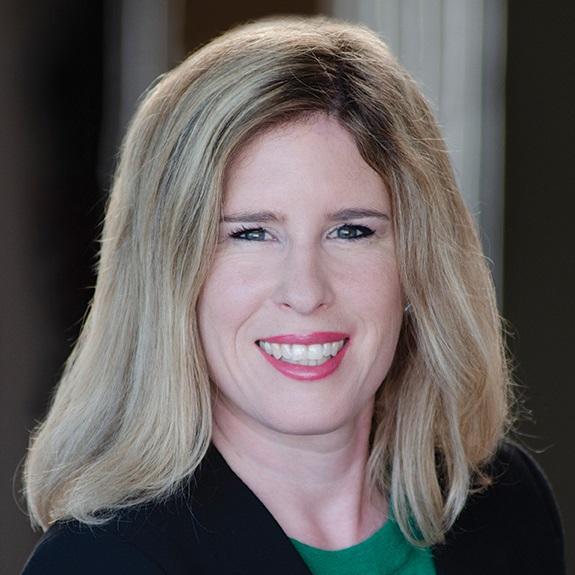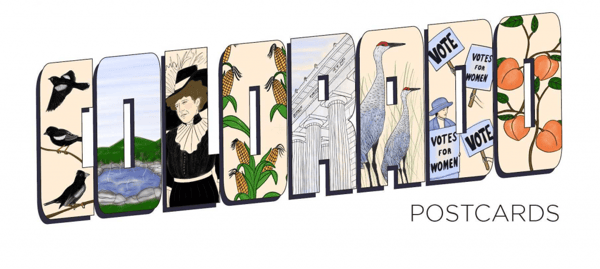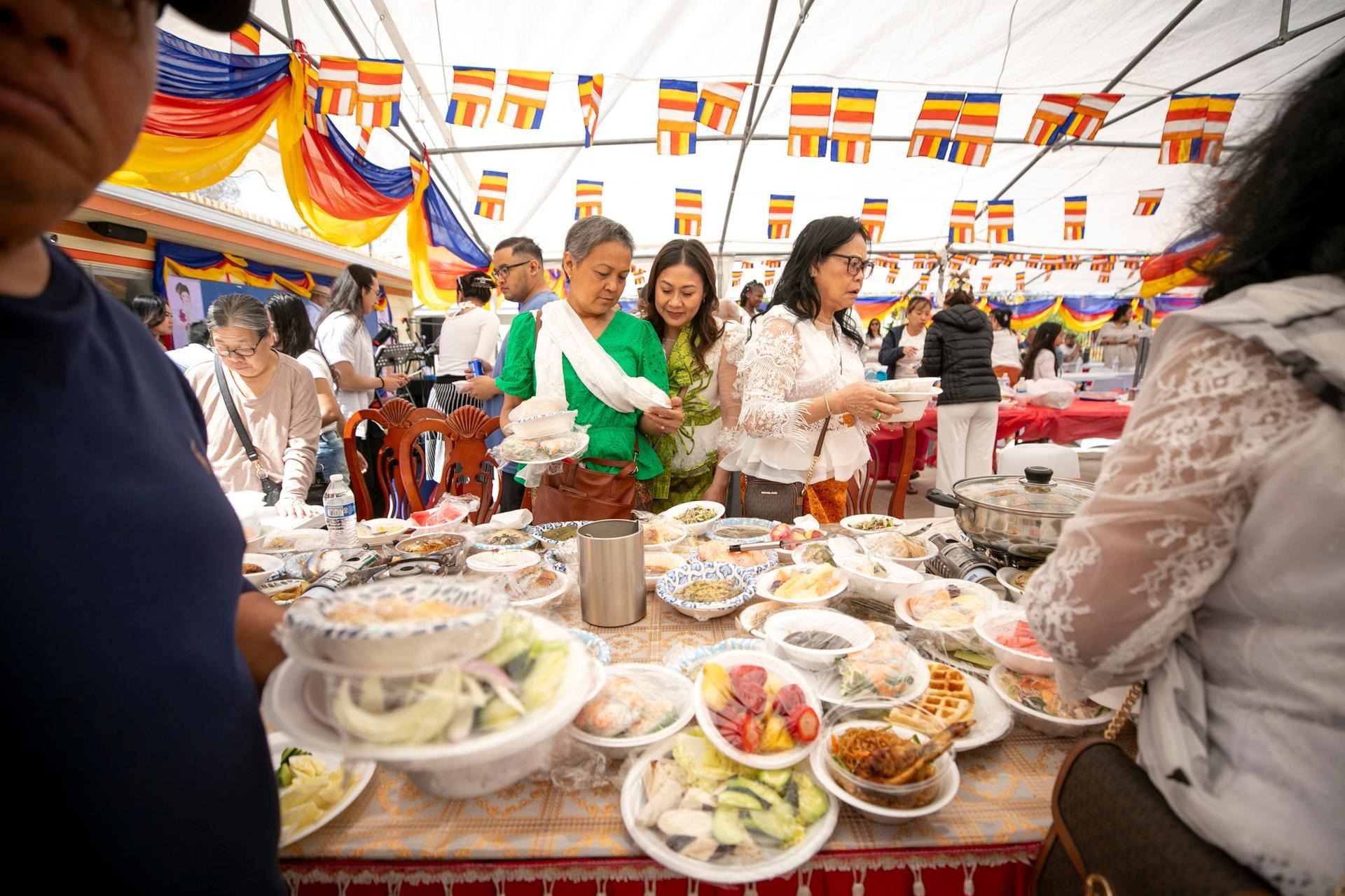
Chanrith and Chanbo Oum fled Cambodia in 1981, in the aftermath of the genocide brought by Pol Pot and the Khmer Rouge.
When they arrived in Colorado, they immediately knew they needed to build a place for their burgeoning refugee community to set down roots and grow together in this new country.
They erected Buddhist temples along the Front Range through the next decades, nurturing tight bonds that helped them solidify their place here. They thrived, but many never stopped feeling disconnected from the home they were forced to abandon.
So the Oums were excited when the Denver Museum of Nature and Science announced a new exhibition about Cambodia’s ancient cultures last February. “Angkor: The Lost Empire of Cambodia” fills an exhibit hall with over 100 artifacts from the 150-square-mile Angkor complex of ruins and temples, cloaking them in sounds and textures of the jungle.
Chanrith said he grew emotional when he and Chanbo visited with their family. They’ve only once visited Cambodia since they left; this was a way to feel at home without a plane ticket.
“I'm very proud. I'm very excited,” he said with a glint in his eye. “Because this is where I came from … Everything reminds me, in my mind, of exactly when we were young.”
But this exhibit is about more than nostalgia for the Oum family. It’s also a validation of their efforts to establish their presence, and a way to keep younger generations close to the history and journey that brought them here.
